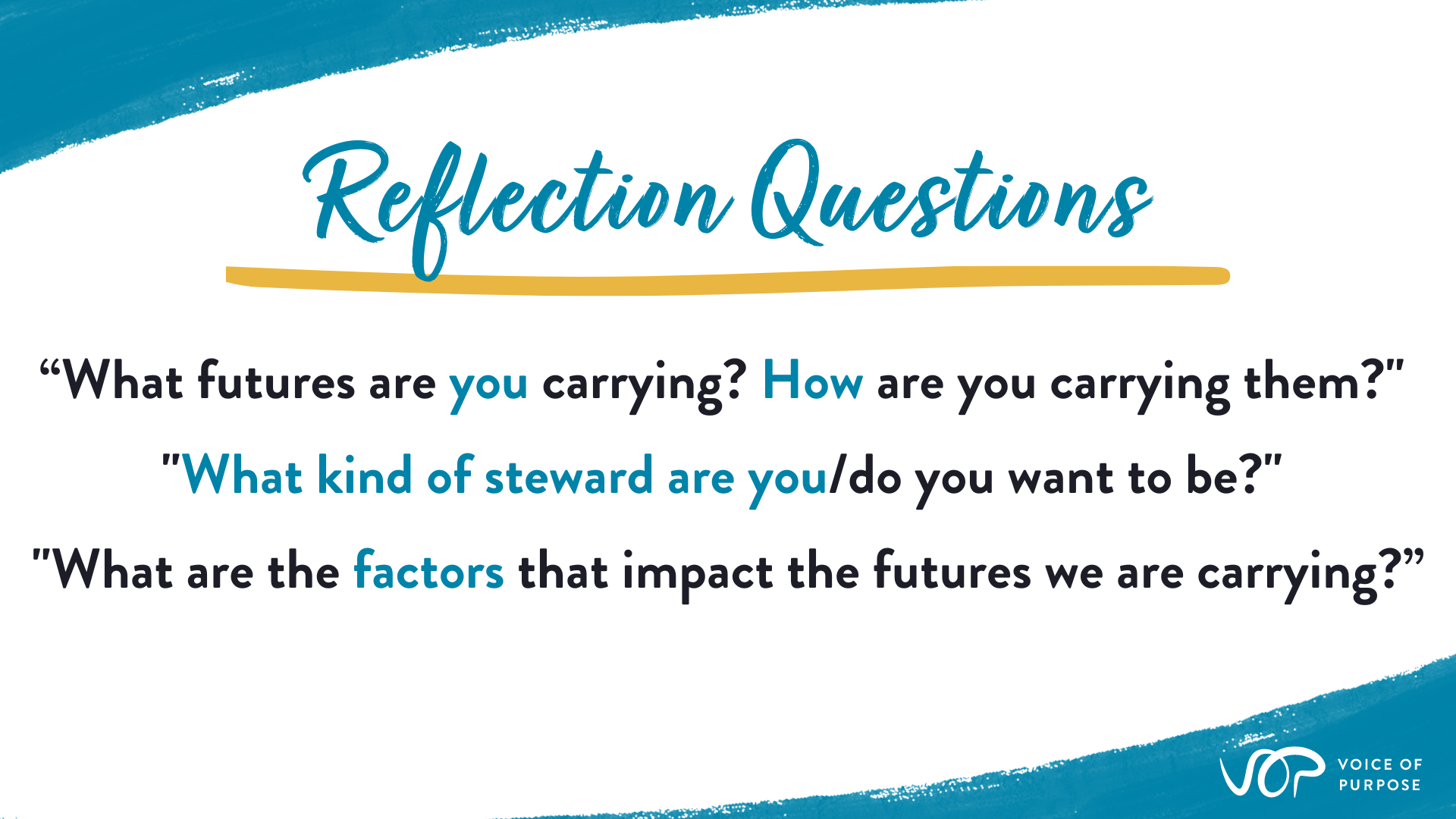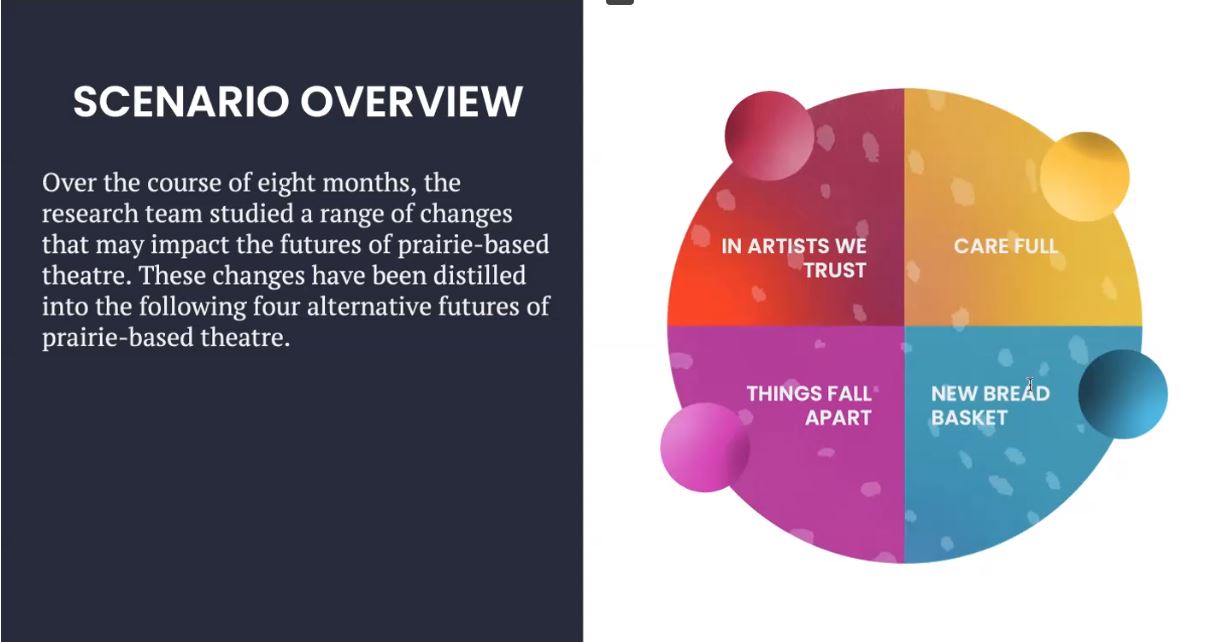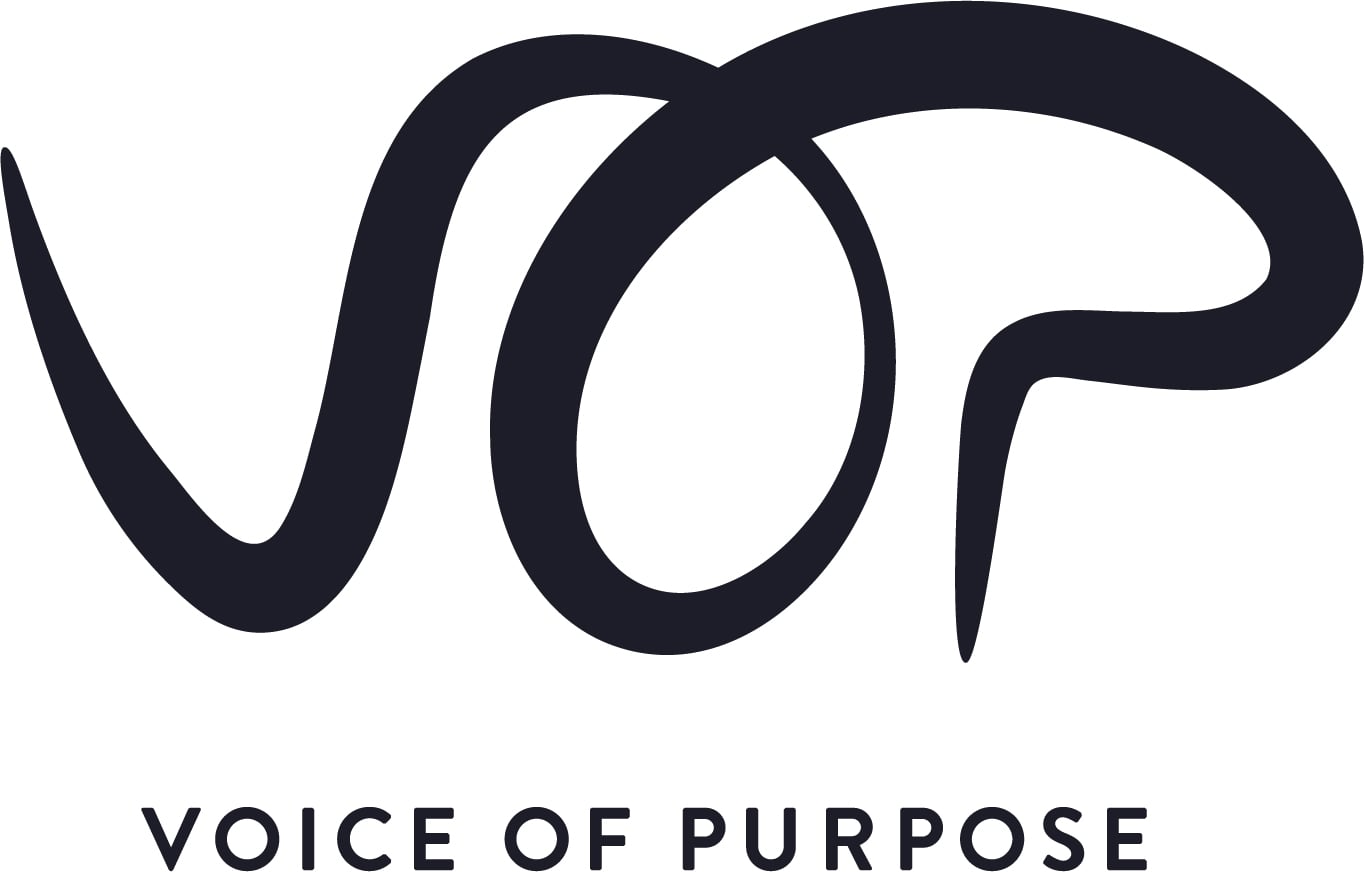Our June 2022 Catalyst Voices session explored the concept of Future Studies within the context of transformative arts education. Often dismissed as daydreams, Future Studies involves the powerful use of our imagination; reminding us that dreaming is the first step of actualization. We underline this thought with the understanding that transformative arts can be an incubator for future societies within and outside of urban-based communities; also including rural and prairie-based folks. For this conversation, we were joined by Taiwo Afolabi [Canada Research Chair] and Christine Brubaker [Associate Professor] from Future Prairie Theatre.
Future Studies, and the implementation of it, requires something called strategic foresight. We defined strategic foresight as a structured and systematic way of using idea about the future to anticipate and better prepare for change. This involves exploring different plausible futures that could arise, as well as the opportunities and challenges they could potentially present. Using those ideas, we are able to make informed decisions for the present, as it relates to the betterment of the future.
Within the context of Future Prairie Theatre future stewardship encapsulates two things:
- the method itself
- the ethics of the work they are trying to do.
It’s important to have these conversations be as community centered, people-based and co-created. To think about the future in terms of how we’re going to gather but also carry over content. “How do we steward, how do we take care and become responsible for the futures and ideas given to us?” – Taiwo.
In line with this, Future Prairie Theatre gathered and identified 200+ of signals of change across sources. These signals were organized into 40 recurring and priority themes, and then narrowed down to 12 critical “seeds of change”. They then created four future scenarios:
- In artists we trust
- Care full
- Things fall apart
- New bread basket
These scenarios are not meant to predict the future the goal is to provoke a radically optimistic vision for the future.
With this in mind, we entered a shared container that lead us to some key guiding questions and collective thoughts. Here are some highlights from the conversation:
Here are some highlights from the conversation:
- “What does it mean to create new models, with the context of understanding what is currently with us and historical truths?”
- Considering the structure of theatre as well as non-profit boards (boards as bosses) and the long-lasting colonial structures that are currently foundational
- Moving away from “high-brow” exclusivity in art towards a support of Indigenous art and artists
- “What are the ethics of preserving people?”
- Considering the “in-betweenness” of the prairies: the hotspot places vs the ones in the “in-between” that get ignored
What inspires you to mobilize and dream of our collective future?


